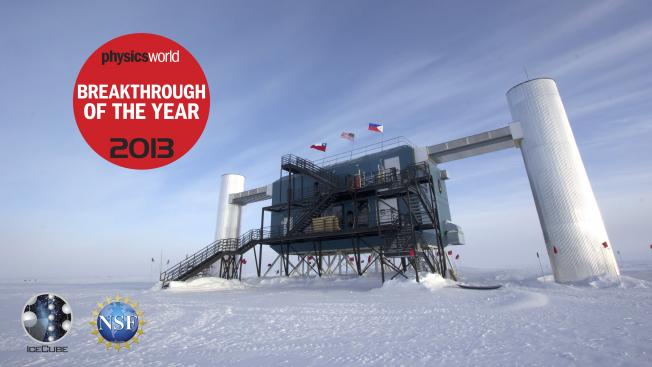Search for heavy neutrino decays in the BEBC beam dump experiment
Physics Letters B 160:1-3 (1985) 207-211
Abstract:
New limits on lepton mixing parameters are derived from a search for decays of heavy neutrinos in a proton beam dump experiment. The limits |Uøi|2, |Uei|2 < 10-6-10-7 are obtained for neutrino mass eigenstates vi of mass between 0.5 and 1.75 GeV, which can be produced through mixing in charmed D meson decays. This is the first such limit on |Uøi|2 for neutrino masses greater than 0.5 GeV. For the mass eigenstate v3 in particular, we obtain the limits |Uø3|2 < 10-7-10-8, |Ue3|2 < 10-9-10-10 for the mass range 150-190 MeV, assuming the v3 to be produced directly in charmed F meson decays. © 1985.PARTICLE PHYSICS AND THE STANDARD COSMOLOGY
ICTP Workshop in High-energy Physics and Cosmology (including Conference on Grand Unified Theories) Trieste, Italy, June 11-July 19, 1985 (1985)
THE COSMOLOGY OF DECAYING GRAVITINOS
NUCLEAR PHYSICS B 259:1 (1985) 175-188
Erratum: The evolution of supernova remnants as radio sources
Monthly Notices of the Royal Astronomical Society Oxford University Press (OUP) 209:4 (1984) 719-719
The evolution of supernova remnants as radio sources
Monthly Notices of the Royal Astronomical Society Oxford University Press (OUP) 207:4 (1984) 745-775



